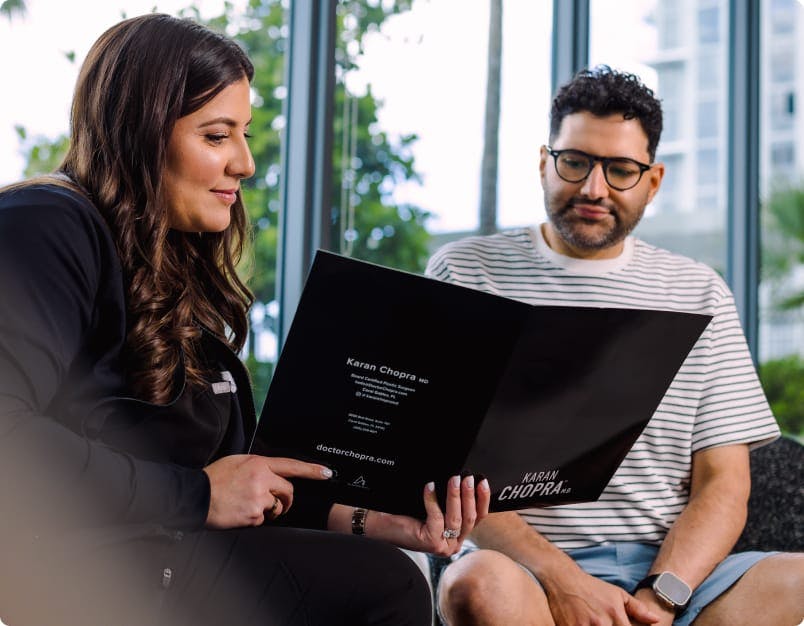Being a plastic surgeon involves more than just spending time in the operating room or studying to keep up with the latest techniques. A crucial aspect of my job is guiding and supporting my patients through their recovery process, addressing all their questions and any apparent concerns they may have. One of the most frequently asked questions is, “When can I exercise again?” So, let’s talk about it.
The urge to exercise after surgery is common for several reasons. In our hectic lives, the recovery process demands rest and stillness, which can lead to boredom and anxiety for many patients. Moving around can alleviate these feelings of discomfort, making the desire to exercise even stronger. However, while this may be true under normal circumstances, it is not advisable during post-surgical recovery.
Another recurring reason patients want to quickly return to their exercise routine is that many undergo plastic surgery as part of a self-improvement journey, which often includes weight loss and adopting healthier lifestyle habits. For them, six weeks of recovery may feel like an eternity, as they worry about regaining the pounds they already cut.
In this article, I’ll focus on facelift recovery, but the insights I’ll provide are applicable to other procedures as well. Therefore, it may be beneficial to keep them in mind even if you are considering another type of surgery.
The golden rule here is to get a lot of rest and allow your body to recover. Sleep with your head elevated and avoid bending over.
During these first days, refrain from exercising and avoid any demanding activities. This includes everyday tasks like cooking, cleaning the house, or walking your dog.
We want to make things easier for your body, to ensure sutures close properly, minimizing the risk of scarring, stitches reopening, or infection, and to reduce bruising and inflammation.
During this period, you’ll require someone’s assistance, so plan accordingly as you prepare for surgery.
Starting on day 2, you may take short walks around the house, as long as they are comfortable for you. Listen to your body – if you feel discomfort at any time, please stop. These gentle walks may help to avoid the risk of blood clots, which is beneficial.
As discomfort, bruising, and swelling subside, you will start gaining some mobility. You may resume your daily at-home activities, as long as they don’t require bending over and are not exhausting. This is not the time for spring cleaning or tackling that long-postponed garage sale–focus on your recovery instead.
Once you start to move around the house and increase your walking, try to do so without any pain medication. This allows you to listen to your body; if it indicates discomfort or the need to stop, it is important to obey those signals.
Now is an excellent time to begin gentle cardiovascular activities, such as longer walks around the neighborhood. Using a treadmill, stationary bike, or elliptical machine are also good options if you feel comfortable and pain-free. However, you should still avoid bending your head below the hips (sorry, no yoga or pilates yet) and refrain from heavy lifting.
By this time, if your follow-ups have been going well, you will have clearance to resume low-impact cardio and gradually reintroduce yoga or pilates, along with some light weightlifting. As you resume these activities, remember to focus on your breathing; holding your breath can spike your blood pressure, which is important to avoid after surgery.
Gradually, you will feel your strength and energy returning, and you will be able to resume your active lifestyle with new self-confidence and looking your best!



